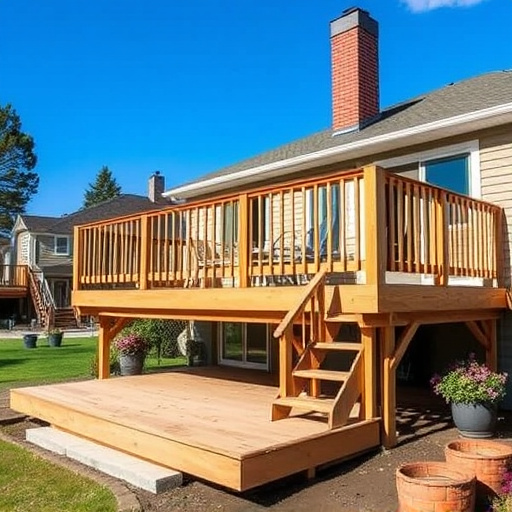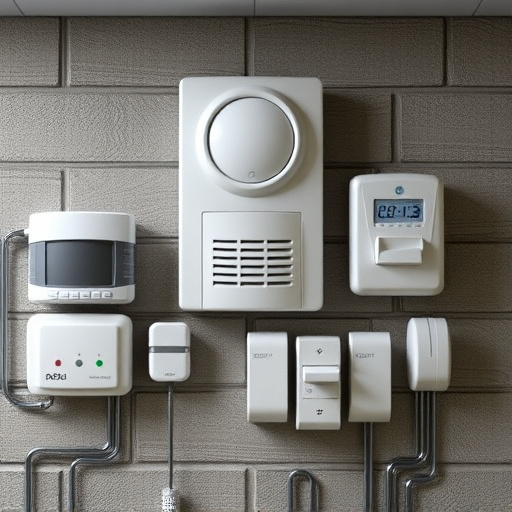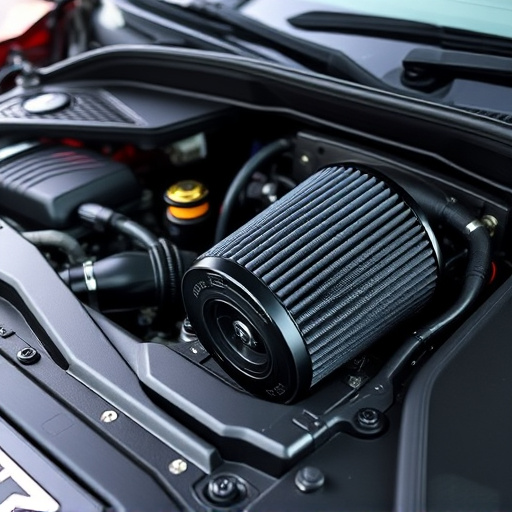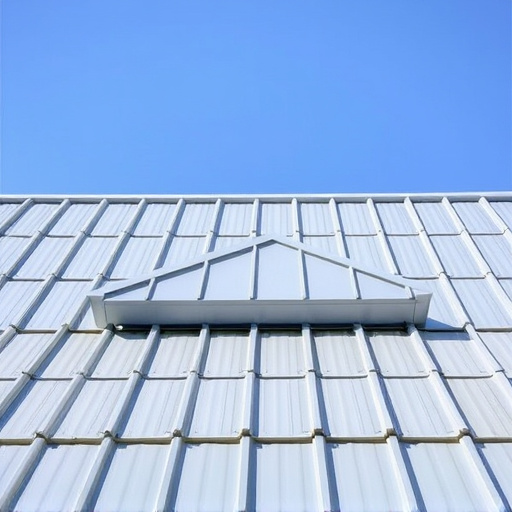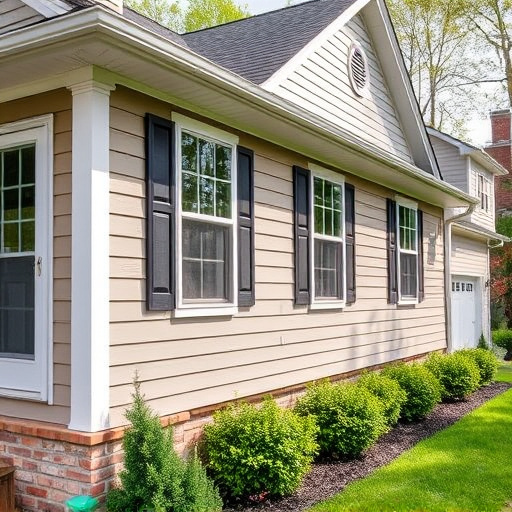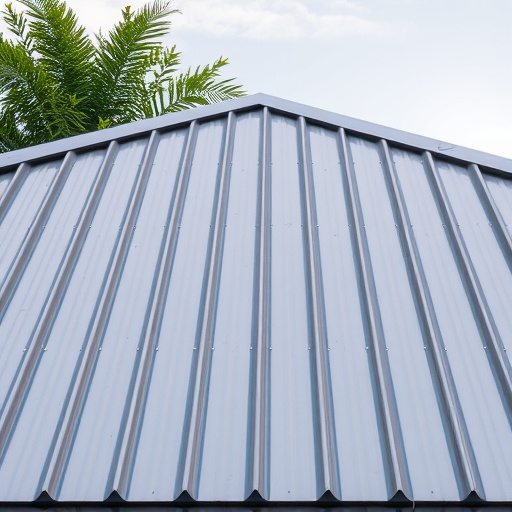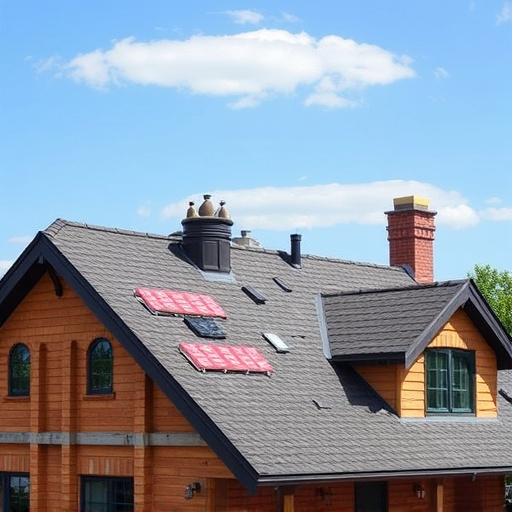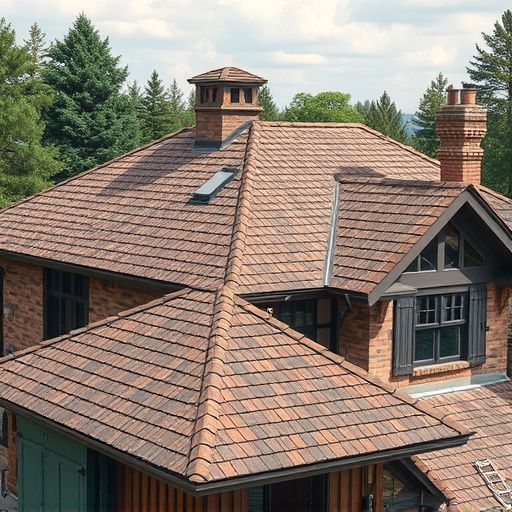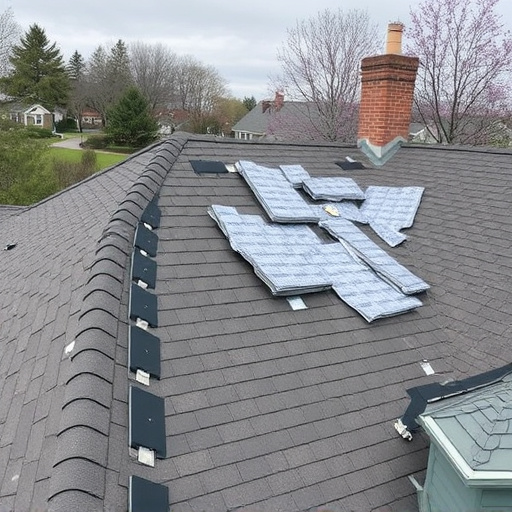The longevity of a siding system depends on material quality (like high-grade vinyl or fiber cement), expert installation, and environmental exposure. Proper maintenance through cleaning, inspection, and timely repairs extends lifespan up to 50 years for durable materials. Regular care prevents weather damage, pest infestations, and maintains aesthetic appeal.
Discover how long your siding system is likely to last and what factors influence its lifespan. From choosing the right material to maintenance tips, this guide covers everything you need to know to ensure your home’s exterior stays protected. Learn about the average durability of common siding materials and explore strategies for maintaining and extending their life, ensuring your investment stands the test of time.
- Factors Influencing Siding Lifespan
- Average Durability of Common Materials
- Maintaining and Extending Your Siding's Life
Factors Influencing Siding Lifespan
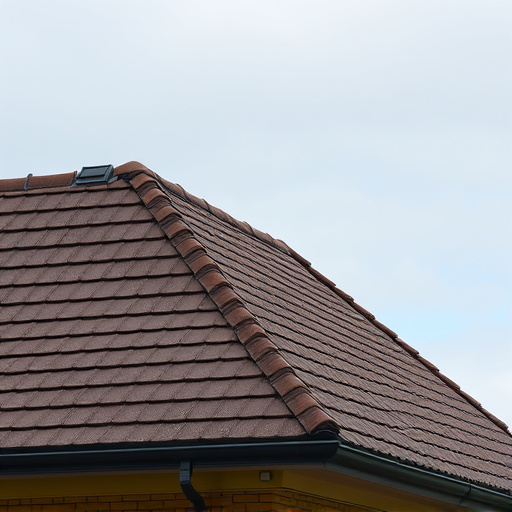
The lifespan of a siding system can vary greatly depending on several factors. One of the primary influences is the quality of materials used; higher-grade vinyl or fiber cement sidings, for instance, are designed to withstand harsh weather conditions and last longer than lower-quality options. The installation process also plays a crucial role; proper installation ensures that the siding system can effectively protect against elements like rain, snow, and extreme temperatures.
Additionally, factors like exposure to sunlight, wind, and other environmental conditions can significantly impact the durability of a siding system. In areas with frequent storms or harsh winters, roofing and siding may need to be replaced more frequently compared to regions with milder climates. Regular maintenance, such as cleaning and inspecting the siding for any signs of damage, also contributes to extending its lifespan, especially in residential roofing scenarios.
Average Durability of Common Materials
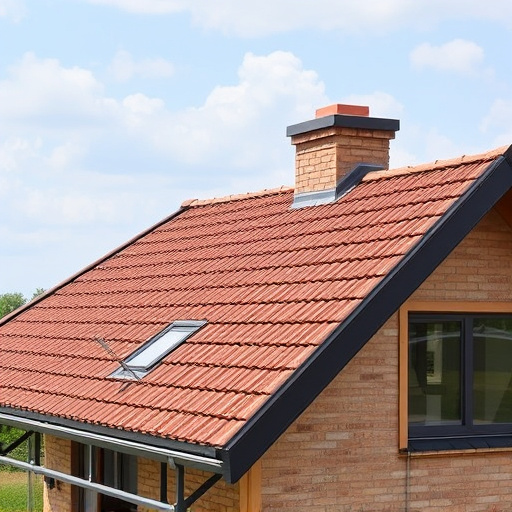
The average durability of a siding system varies greatly depending on the material used. Vinyl siding, for example, is known for its longevity, often lasting 30-50 years with minimal maintenance. This makes it a popular choice among homeowners looking for a long-term solution for their roofing and siding. On the other hand, wood siding can last between 25-35 years if properly treated and maintained, but it requires more frequent upkeep to prevent rot and pests.
Fiber cement siding is another durable option, with an expected lifespan of 50 years or more. This material is highly resistant to fading, cracking, and breaking, making it a smart investment for those seeking a low-maintenance exterior. In contrast, aluminum siding offers excellent corrosion resistance and can last around 30-40 years, though it may be less resistant to severe weather conditions compared to other options. Remember that proper installation and regular roof repair and siding maintenance are key factors in maximizing the lifespan of any siding system.
Maintaining and Extending Your Siding's Life
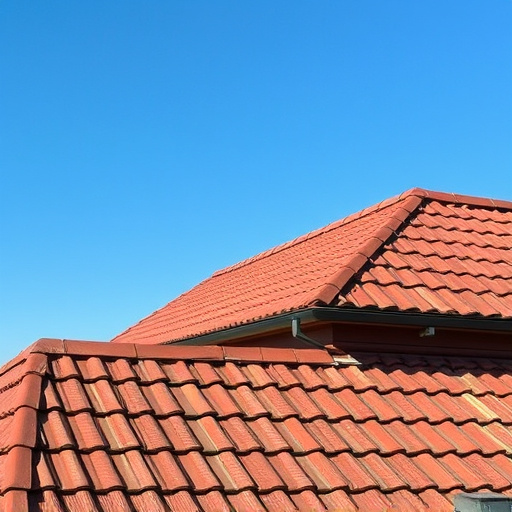
Maintaining your siding system is key to extending its lifespan. Regular cleaning and inspection can prevent damages caused by debris buildup, extreme weather conditions, or pest infestations. A simple wash with a soft-bristled brush and mild detergent every few months will keep it looking fresh. Repaint or restain your siding as needed to protect the material from fading and to maintain its aesthetic appeal.
In addition to routine care, addressing any issues promptly is crucial for long-term sustainability. Small cracks, holes, or damaged boards should be repaired quickly through home exterior services to prevent water intrusion and further deterioration. Keeping an eye out for signs of rot, mold, or pest activity will also help in catching problems early on. For more severe damage, consider roofing solutions that offer repairs or replacements tailored to your siding system, ensuring a durable and protective barrier for your home.
A well-installed siding system can significantly enhance a home’s curb appeal and protect it from the elements for decades. On average, most siding materials last between 25 to 40 years, depending on factors like climate, quality of installation, and maintenance. By understanding the influencing factors, choosing durable materials, and implementing regular upkeep, homeowners can maximize the lifespan of their siding investment, ensuring their homes remain protected and aesthetically pleasing for years to come.

